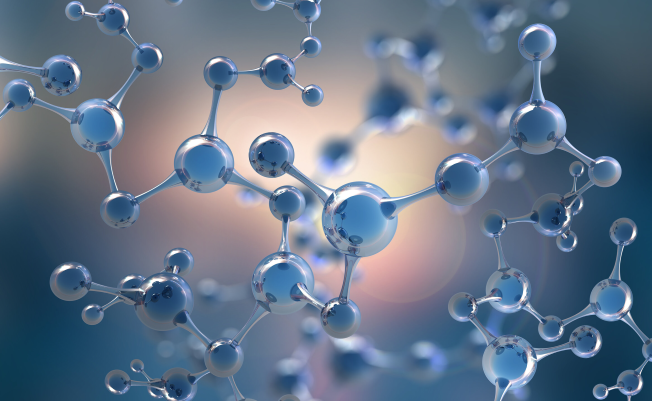New innovative way of cleaning water-soluble polymers from hydrophobic contaminants

Research team of the Department of Experimental Chemical Physics at Institute of Experimental Physics SAS in Košice developed a new unique method of cleaning water-soluble polymers from hydrophobic contaminants. Currently used cleaning methods did not remove these types of contaminants. The newly developed process achieves extremely good results using water as the only solvent, with possible addition of cheap pH modifiers in small quantities.
Currently, there is no method directly aimed at cleaning water-soluble polymers from hydrophobic contaminants, which can clean polymers to high levels of purity. A typical method of cleaning water-soluble polymers in laboratory small-scale production practice and industrial large-scale production is dialysis, or other variations of ultrafiltration in an aqueous environment.
“These are methods that only remove low-molecular hydrophilic substances, as hydrophobic substances are insoluble in water and therefore cannot diffuse out of the polymer solution through the nanoporous membrane. Therefore, application of dialysis and ultrafiltration methods does not remove hydrophobic contaminants,” explains the head of the department and co-author of the new method, RNDr. Marián Sedlák, DrSc.
The new method of experimental physicists from SAS does not limit the volumes (weights) of polymers, does not require highly qualified employees, and its operating costs are low. The process is suitable for polymers contaminated at the level from 0.0005% to 0.1%, and is able to reduce the level of contamination below 0.0001%.
The new method of cleaning water-soluble polymers from hydrophobic contaminants can be used in various areas. Above all, where emphasis is placed on the high purity of polymers, i.e. in the pharmaceutical industry or for scientific applications, especially bioapplications.
“The method is applicable to neutral polymers, polyanions, polycations and weak pH-sensitive polyacids and polybases. The method can also be used to purify ionic and non-ionic monomers for applications where purity is essential,” adds Mgr. Dmytro Rak, PhD. from the same department, who participated in the development of the new method.
The presented innovative solution regarding the method of cleaning water-soluble polymers from hydrophobic contaminants is the subject of European patent application EP22154112.1. SAS is currently looking for industrial partners for licensing/selling the given solution. The research was financed by APVV (project APVV 16-0550 NANOSEG) and SAS (VEGA 2/0115/20 plus institutional funds of IEP SAS).
More information can be found on the Technology Transfer Office SAS (English details of the method are available HERE)
Original source: News at SAS
 Contact
Contact Intranet
Intranet SK
SK






